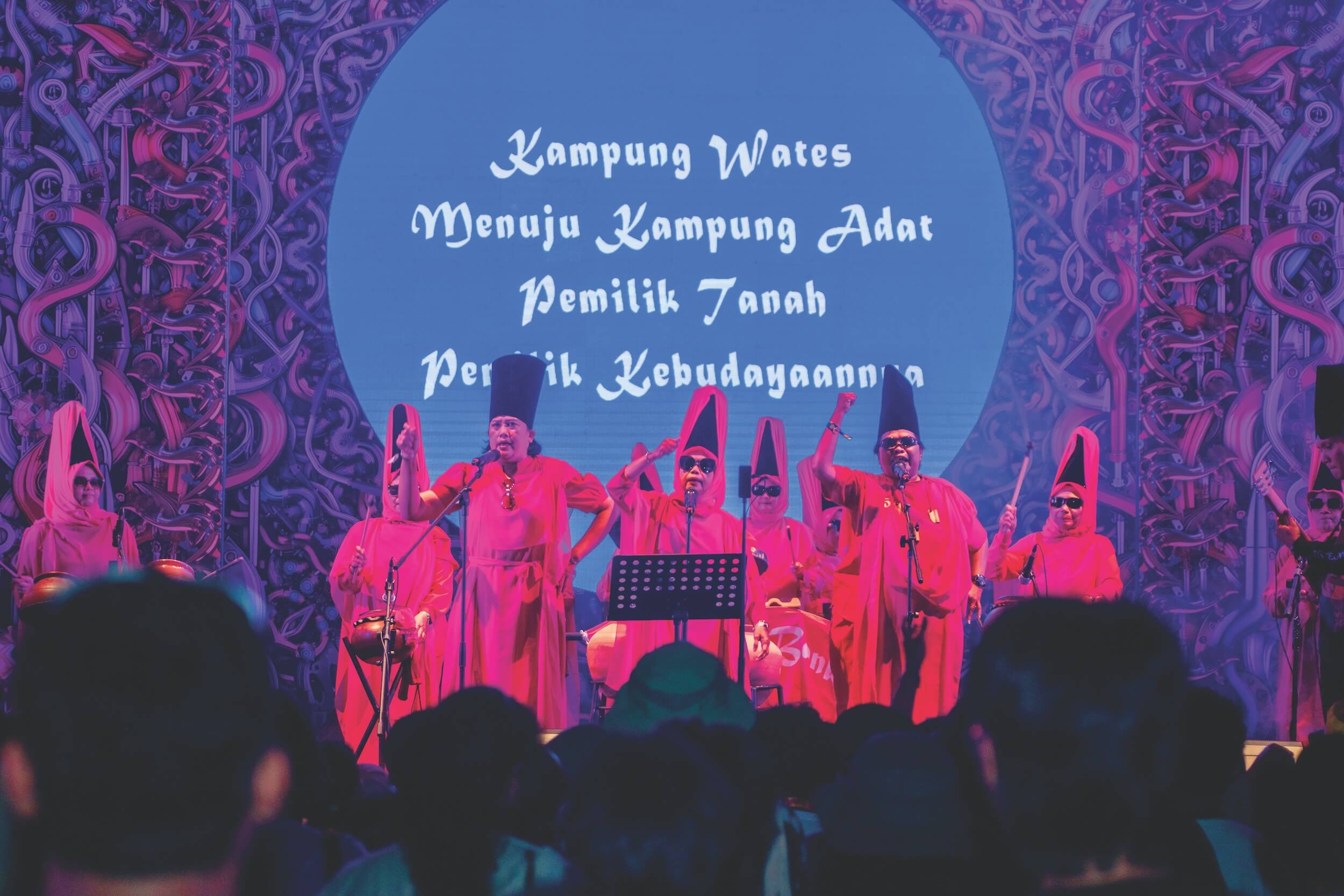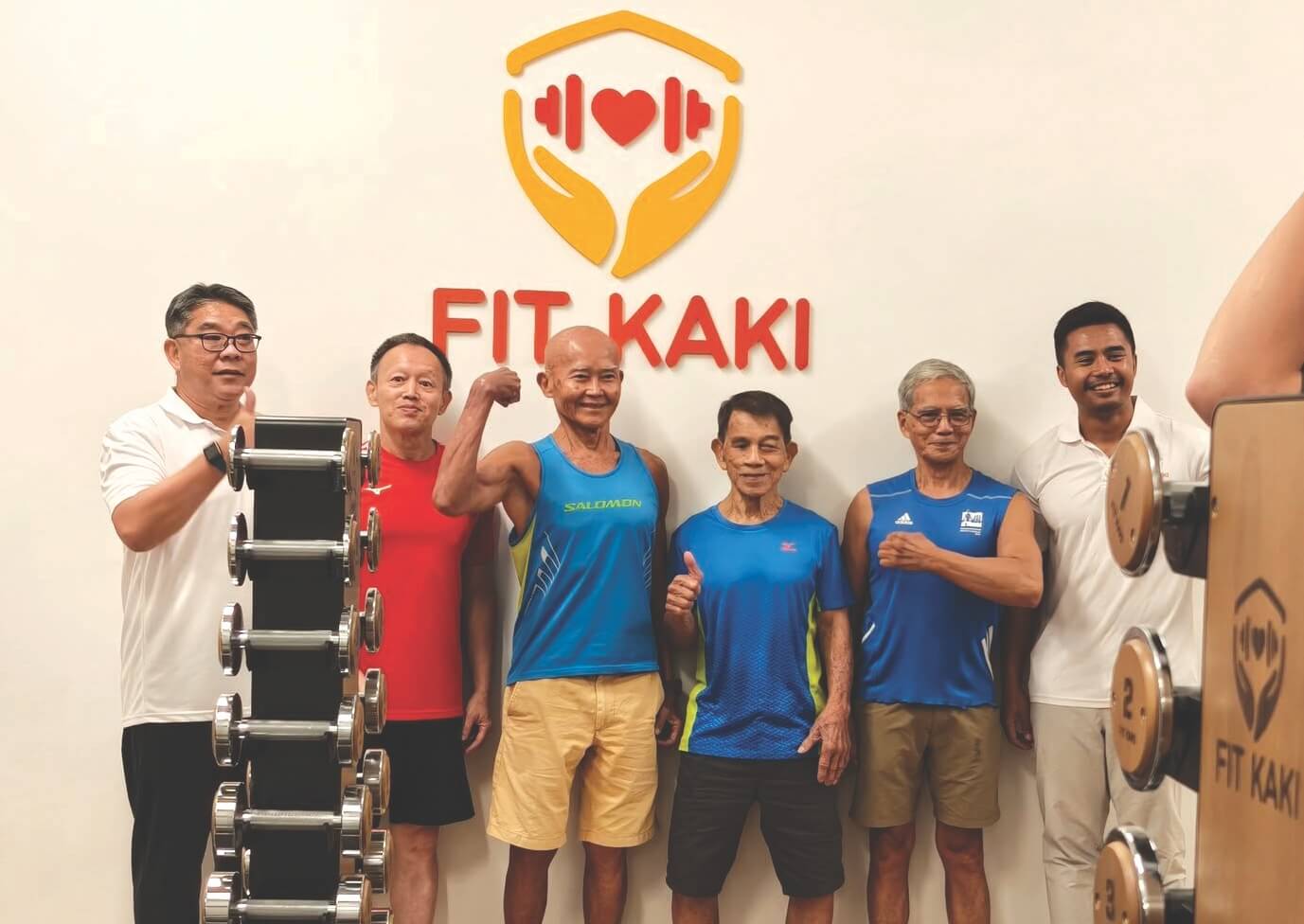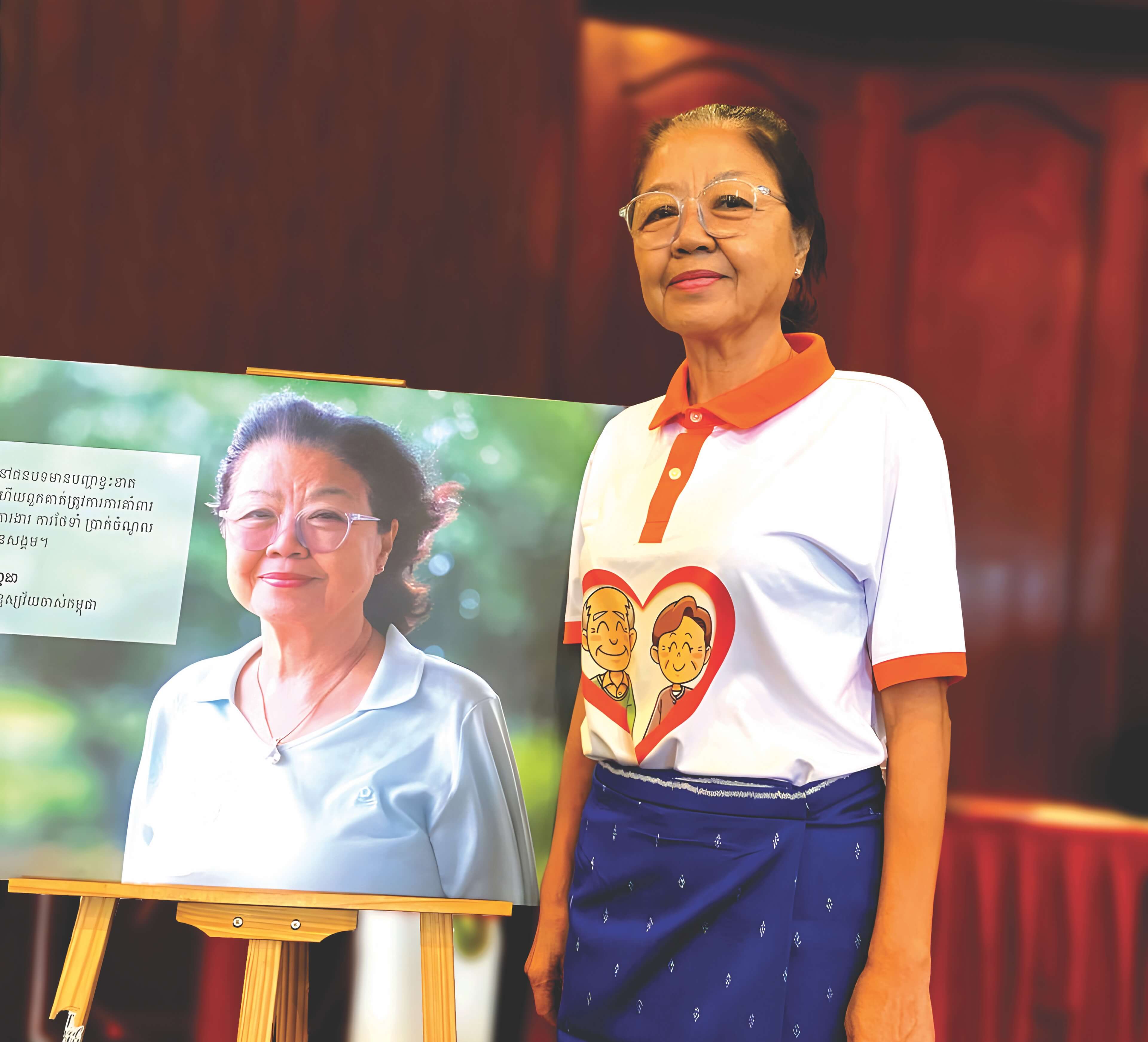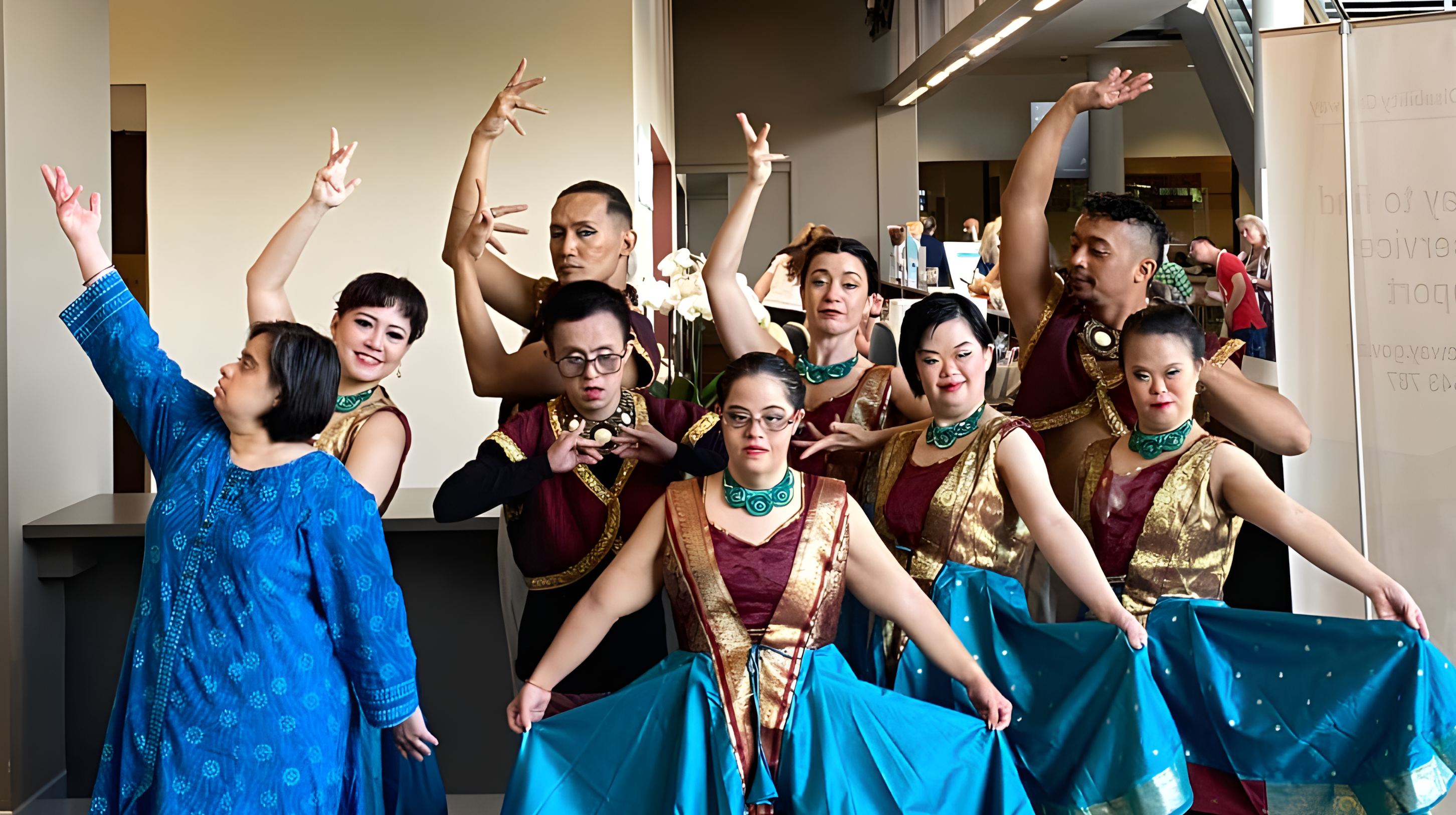
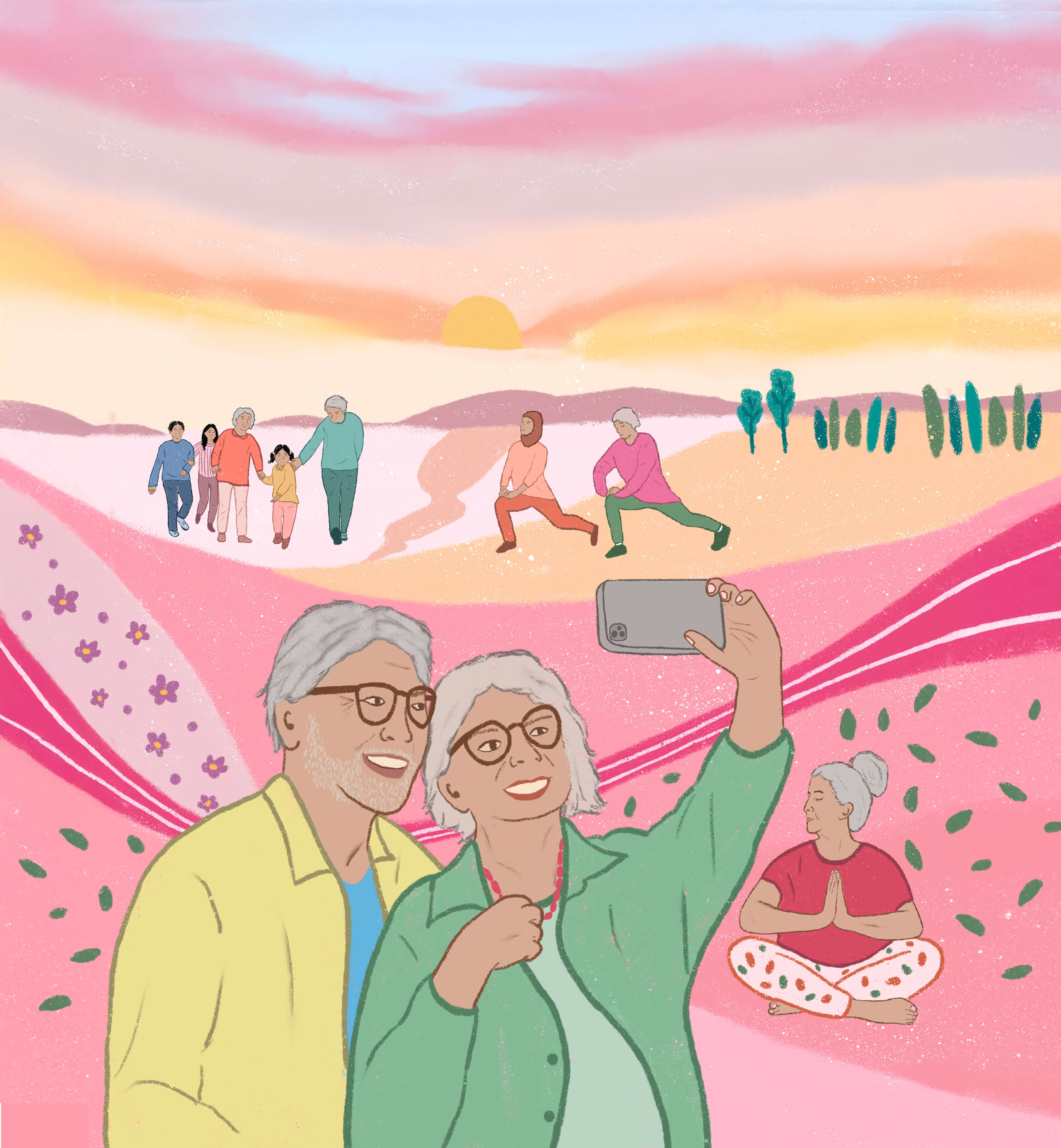


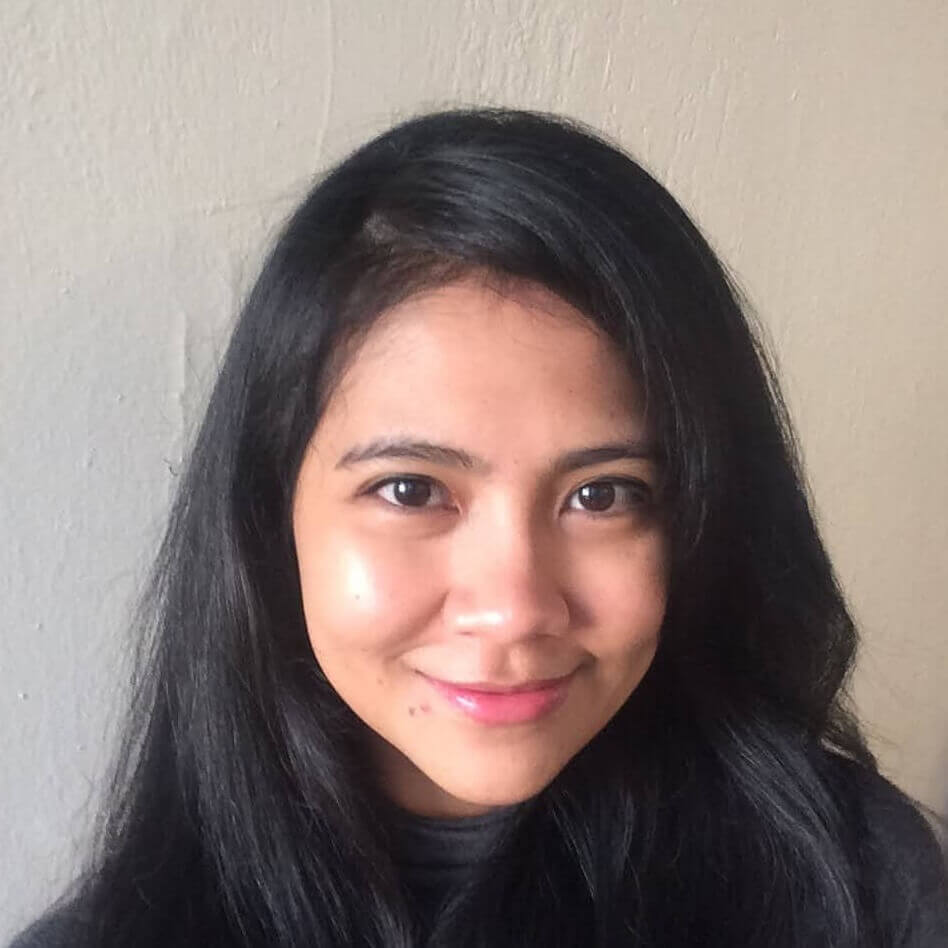
Since its inception in 2007, Maya Dance Theatre (MDT) has been faithful to its philosophy: bridging the space between audience and artist to provoke thought and dialogue about pressing social issues.
In 2018, MDT's artistic director and co-founder, Kavitha Krishnan, founded the Diverse Abilities Dance Collective (DADC). Kavitha, a trained occupational therapist, has provided arts education services to schools in Singapore for almost two decades. A question from one of her students with Down Syndrome—”Why can't we be professional dancers and also perform abroad like you?”—sparked the creation of DADC.
Kavitha and her co-founder, Imran Manaff, share DADC's story with The ASEAN.
Imran and Kavitha stood frozen in the Singapore Immigration office. They had just realised that one of their dancers had not obtained the correct visa for their trip to India. It was early 2020, just before COVID-19 onset, and they were en route to Chennai with six other dancers, including four with Down Syndrome. They planned to participate in the Saarang Festival 2020, organised by the Indian Institute of Technology, Madras. Their trip was supported by the National Arts Council Singapore and the Goh Chok Tong Enable Fund.
In the middle of the panic, Jaspreet Kaur, one of the founding members of DADC and dancers with Down Syndrome, offered a solution. “She said, ‘OK, Kavitha, maybe you should stay back and settle the visa while we are going with Imran and take the seat in the plane first,” Kavitha recalls.
“That was the moment I realised this group was ready. They demonstrated teamwork, coordination, and clarity of purpose. It was a real ‘Wow’ moment,” she adds.
In its inaugural year, six dancers with Down Syndrome, including Jaspreet, joined the Diverse Abilities Dance Collective. Affectionately called “the pioneers,” the group worked tirelessly for a year before presenting their first production, Speaking with Hands, in collaboration with choreographer Liz Lea from Australia. The production attracted a full house audience in Singapore, and they subsequently presented the full-length version on an international stage.
“Upon arriving in Chennai, we barely had time to breathe. After clearing immigration, we quickly grabbed lunch and headed straight for stage blocking. Despite the hectic schedule, the team remained composed and focused. They started their day at 5 am, caught a 9 am flight, and worked non-stop until 11 pm Singapore time. Yet, there was no sign of distress—only determination. Without being told, they unpacked their costumes, aired them out, and prepared for the next day,” says Kavitha.
“They showed a lot of confidence because they knew what they were doing. When they are tired, you can hear them saying, ‘We are here to dance’, ‘You better drink your water’, ‘You better be ready on stage.’ They were mentoring each other and even watching over the professionals while at the same time learning from them.”
Despite the intensity, the group managed a 75-minute production involving up to seven costume changes without a hitch, all while displaying incredible professionalism.
“They handled it seamlessly, displaying no behavioural issues, and even supported me as I juggled emceeing and assisting them,” Kavitha claims proudly.
After numerous performances, including digital shows during the COVID-19 pandemic, Maya Dance Theatre recognised that the DADC dancers were ready for even greater challenges. However, what about the audience?
“All audiences are ready; the question lies in how we will deliver the message. If you are going to constantly highlight the fact that it is about disabled artists, then, of course, you are only highlighting their condition. We should remove this label and just talk about them as artists,” Kavitha explains.
“You and I both may have limitations on many levels, so we are not any different from them. Why should we put them on a Disability pedestal? We need to work together to break stereotypes and also to stop or prevent tokenistic representation,” she argues.
Imran echoes this sentiment. “I think the feedback from the audience is very good. They saw an individual dancing, not a person with a disability. And that is what we wanted to showcase.
“The main thing is that you need time, patience, and you need to work within their limitations. They have their way of doing something. The professionals will do it one way, but their way is their own unique way of doing it. And we need to understand that this is their way of doing it, and we accept it,” Imran adds.
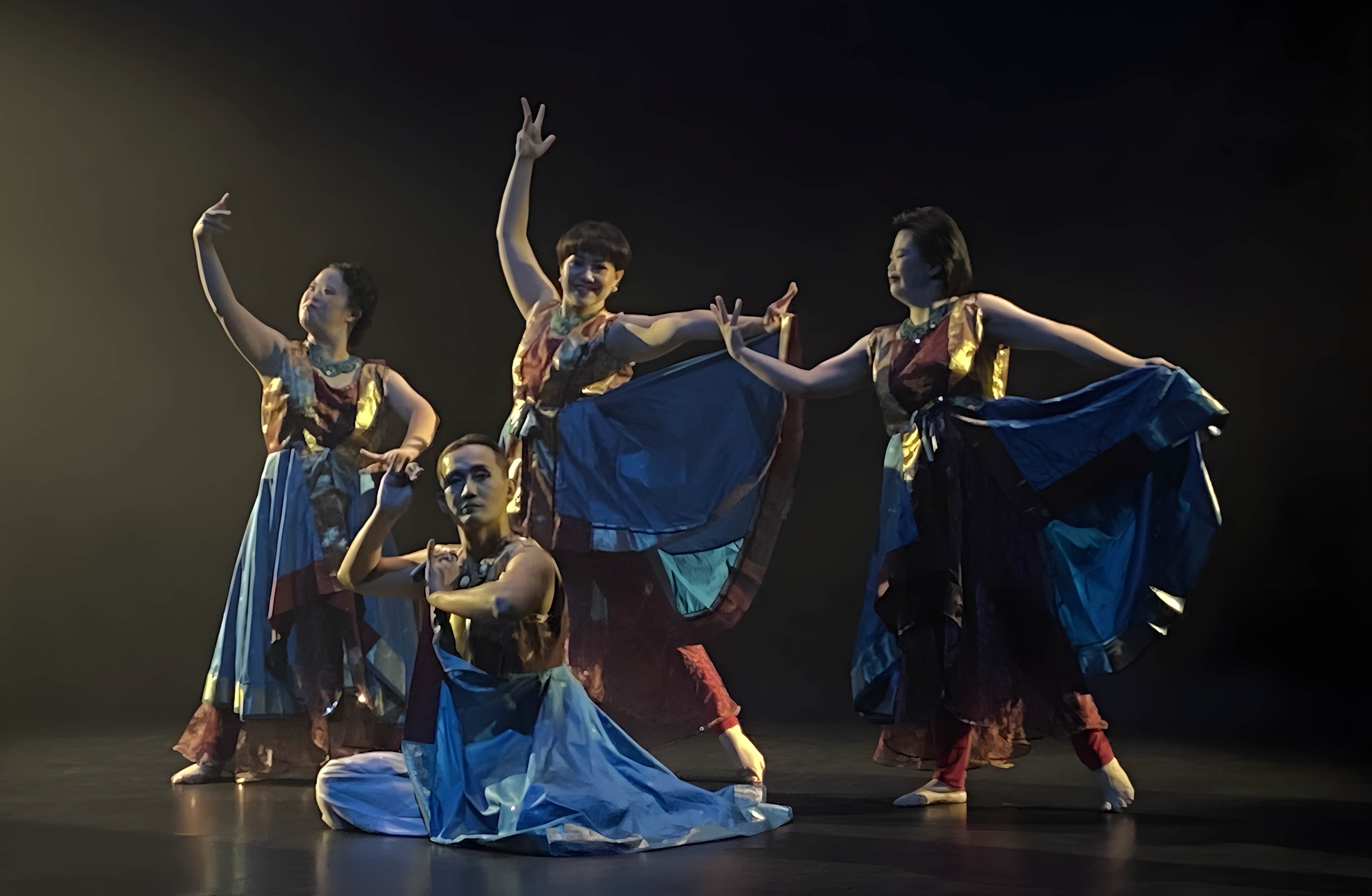
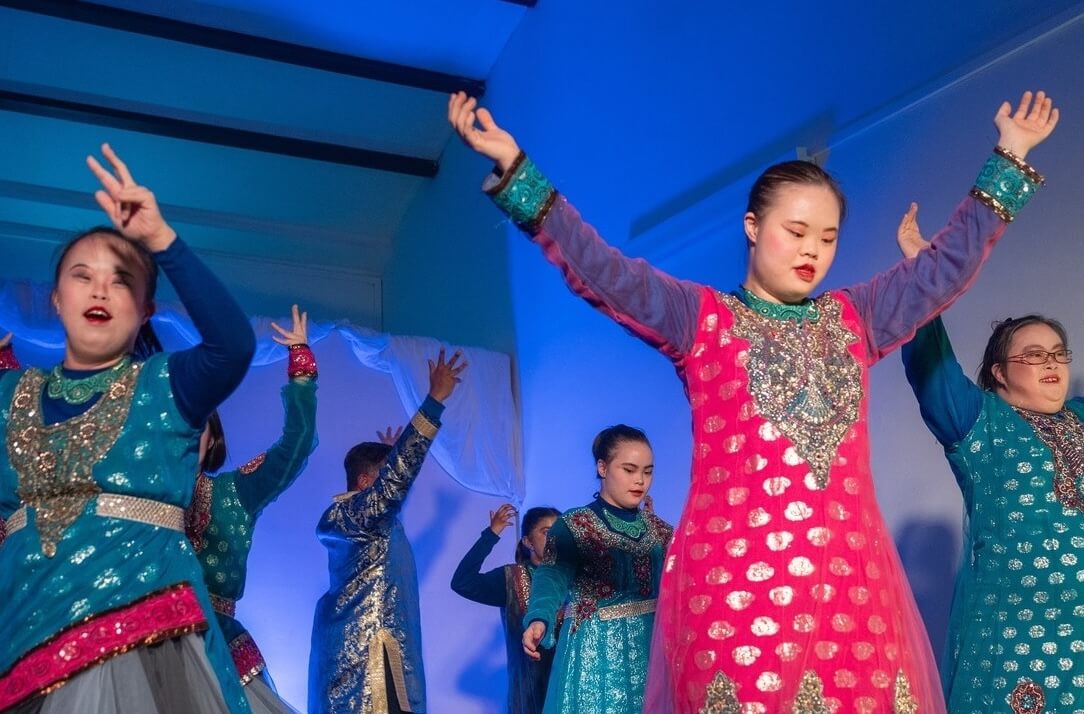
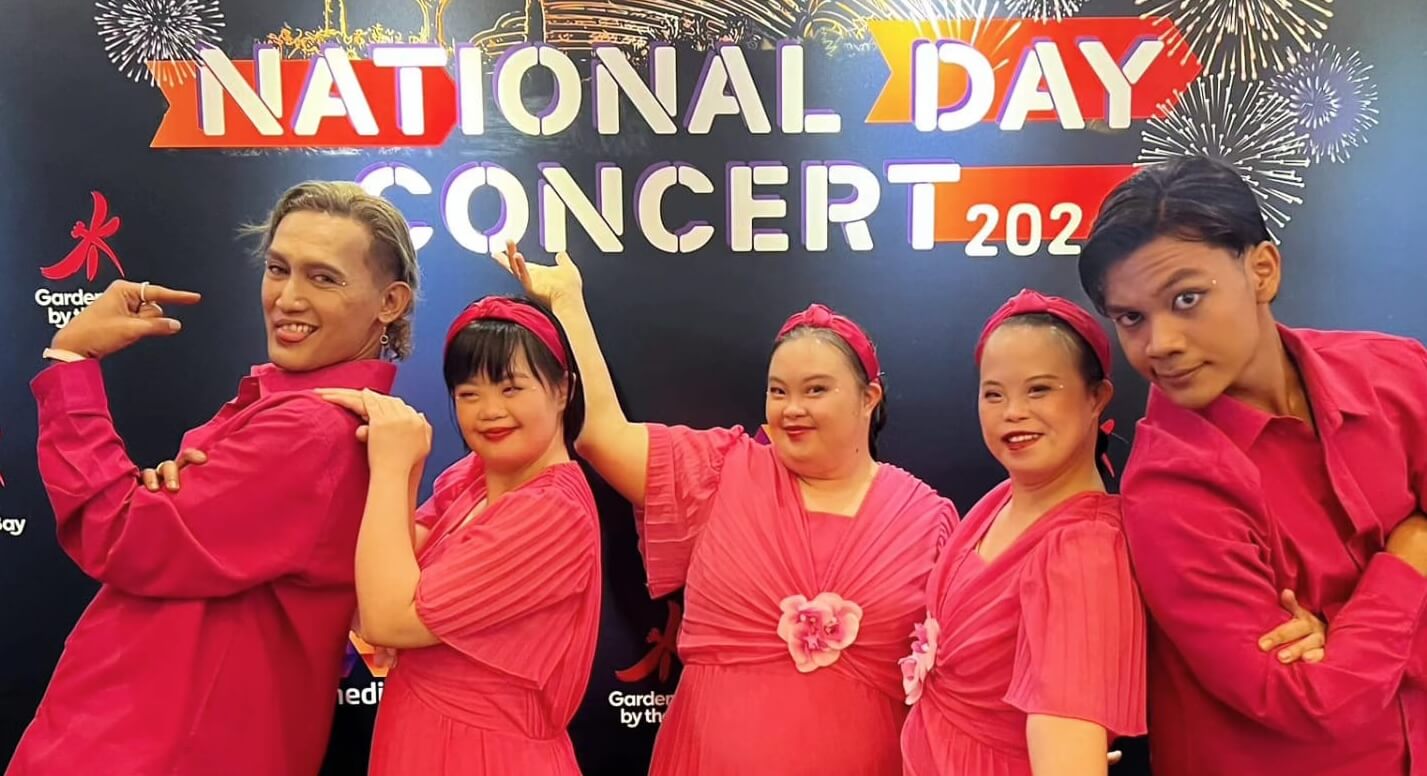
Kavitha also notes that co-creation is very limited in the region because people with disabilities usually don’t get much opportunity to create their own works. “Trust me, in my experience, they are capable of creative energy and imagination as well,” she assesses.
For the company, the success of the DADC initiative is measured by more than just what happens on stage. While the performers in the spotlight offer the most immediate showcase of their talents, the members of DADC have so much more to offer.
“Not all of them are dancers,” Imran notes. “Some of them are co-facilitators of movement programmes in pre-schools, some do admin work for the company, some manage costumes and handle the online costume catalogue, and others take videos and photos for social media. The art part is just one foray into what they can do,” he adds.
Five years after their overseas debut in Chennai, DADC has built an impressive portfolio. These include performances at the 2023 Solo International Performing Arts Festival in Indonesia, with an audience of about 12,000 watching through physical and online channels, and the World Down Syndrome Congress in Brisbane, Australia (2024). None of this would have been possible without the steadfast support of families and caregivers.
“I think what ASEAN leaders can advocate is also for the caregivers to believe in their space. Give them the tools and strength to come together. We couldn’t have done what we did today if our parents and caregivers weren’t in sync with us. As much as we develop the individual, we also build trust with the family unit. This is because, without effective communication, proper follow-ups, and adequate updates, all our efforts here could quickly be undone at home,” says Kavitha.
After receiving a warm welcome from audiences far and wide, Maya Dance Theatre is excited to announce its latest collaborations with choreographer Gianti Giadi, founder of Gigi Art of Dance in Indonesia and The Stellar Company, led by choreographer Liz Lea. Together, they plan to stage a collaborative, inclusive dance theatre production, BHUMI, in Singapore and Indonesia in June 2025.
Recently, at the end of November 2024, DADC also staged a new site-centric dance production, Wild Flowers, that became a beacon of hope for persons with disabilities to share their creative space with audiences in Singapore. Wild Flowers featured a poet living with Down Syndrome, Catherine Joan Devadason, and her poems were interpreted through film and dance.
The DADC dancers performed two full-length performances per night to different groups of audiences. With a turn around time (from one performance to another) of only 30 minutes, they displayed tremendous resilience and tenacity. This shows that someone with diverse abilities is able to offer a lot more if given the right opportunities.
“We are happy to jump on board to do this on a regular basis. The more people who create a ripple of goodness by supporting the development of an individual, the more we will be helping the parents who are ageing. There are a lot of worries in older parents who feel that they do not know what to do because they are caring for the person and don’t know what’s next and, in the worst case scenario, how will they survive after they are no more? Arts is a very powerful catalyst to bring forward change,” Kavitha urges.
The views and opinions expressed in this conversation are solely of the interviewee and do not reflect the official policy or position of ASEAN.




